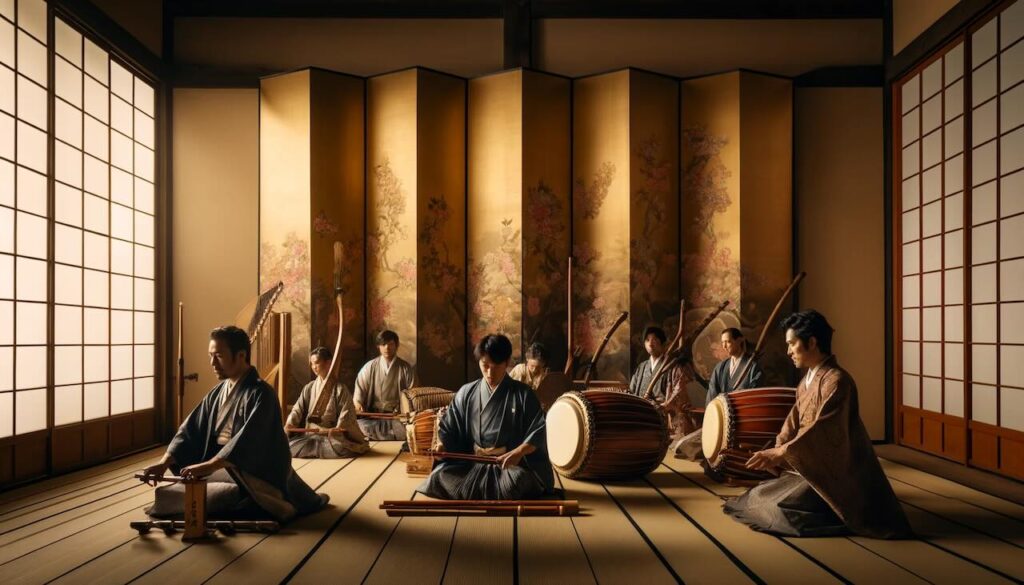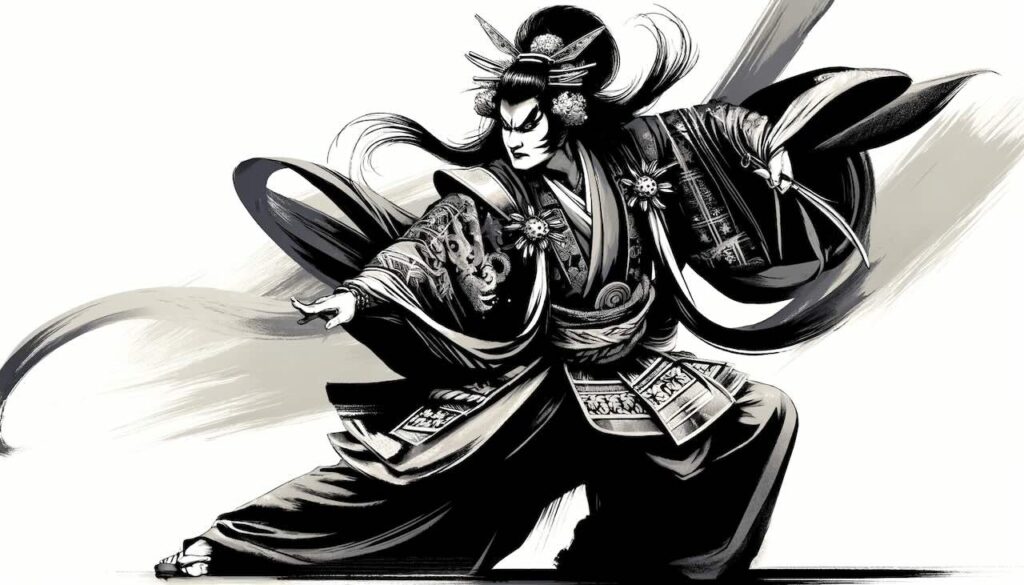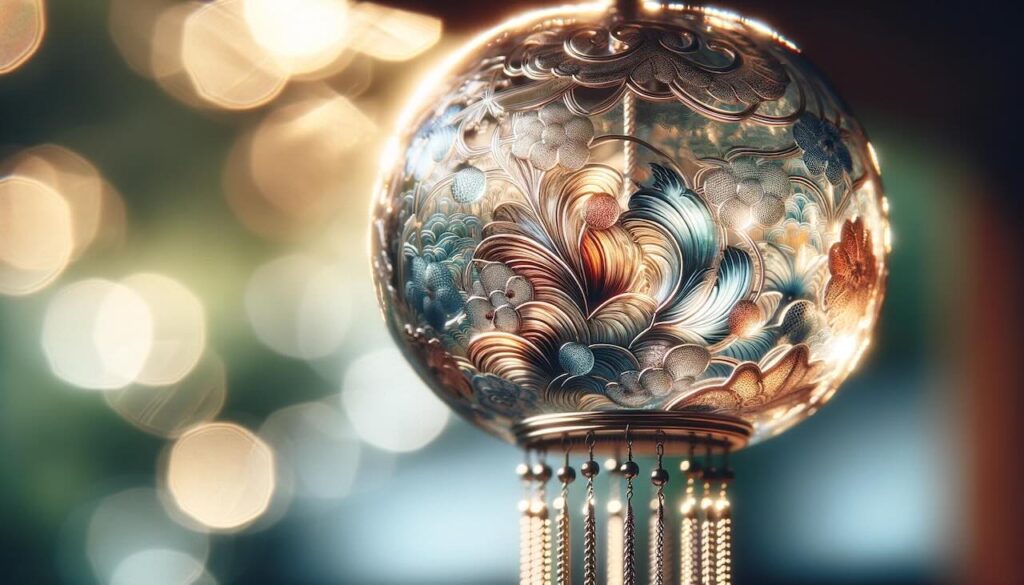With its serene melodies and dignified presence, Gagaku stands as one of the oldest surviving orchestral traditions in the world. Performed for centuries at Japan’s imperial court, this refined form of music carries echoes of distant lands and ancient rituals.
In this article, we’ll explore the origins of Gagaku, the meaning behind its name, how it evolved within the Japanese court, and the historical figures who helped preserve it for generations.
What Does “Gagaku” Mean?
The word Gagaku (雅楽) is composed of two Chinese characters:
- 雅 (ga) – elegant, refined
- 楽 (gaku) – music, joy
Together, Gagaku translates as “elegant music”—a name that reflects both its aesthetic character and its function as ceremonial music for the imperial family and aristocracy. It is music not of the marketplace or the common people, but of temples, palaces, and sacred rituals.
The Origins of Gagaku: A Global Musical Heritage
Gagaku is not originally native to Japan. It developed through centuries of cultural exchange, particularly with China, the Korean Peninsula, and other regions of Asia.
- 5th century: Musical forms and instruments from China began entering Japan.
- 6th century: The ancient Korean kingdom of Baekje brought additional musical traditions and instruments.
- These diverse influences were gradually adapted into a uniquely Japanese style, forming the foundation of what we now know as Gagaku.
Gagaku in the Heian Period: A Courtly Art Takes Root
The Heian period (794–1185) marked the golden age of Gagaku. It became a centerpiece of courtly life in Kyoto, woven into religious ceremonies, seasonal festivals, and imperial banquets.
- The Gagakuryō (Bureau of Court Music) was established to train musicians, preserve scores, and maintain ceremonial protocols.
- Gagaku was formalized into two broad categories:
- Tōgaku (唐楽): Music of Chinese origin
- Komagaku (高麗楽): Music from Korea and Manchuria
Eventually, Gagaku developed uniquely Japanese styles, including bugaku, an elegant court dance performed alongside instrumental music.
Notable Figures in the History of Gagaku
Fujiwara no Michinaga (966–1027)
One of the most powerful aristocrats of the Heian era, Michinaga was a devoted patron of Gagaku. His court hosted grand performances and helped solidify Gagaku’s role in aristocratic culture.
Jien (1155–1225)
A Buddhist monk and scholar, Jien authored the Kyōkunshō, an early treatise on Gagaku theory that helped standardize its forms and ensured its transmission through generations.
The Imperial Household Agency (Modern Era)
Since the Meiji period, the Imperial Household Agency’s Music Department has taken on the responsibility of preserving and performing Gagaku. Its musicians are among the few trained to perform the full repertoire in its original form.
Gagaku Today: A Living Tradition
Despite its ancient roots, Gagaku continues to be performed today at:
- Imperial ceremonies
- Shinto shrines and Buddhist temples
- Academic institutions such as Tokyo University of the Arts
- International stages, where it is recognized as a rare and valuable cultural treasure
In 2009, UNESCO designated Gagaku as an Intangible Cultural Heritage, further cementing its global importance.
Instruments of Gagaku
Gagaku ensembles include a blend of wind, string, and percussion instruments unique to this tradition:
- Shō – a mouth organ that produces ethereal chords
- Ryūteki – a bamboo flute with a bright, airy sound
- Hichiriki – a double-reed instrument with a rich, piercing tone
- Koto and Biwa – traditional string instruments
- Taiko and Kakko – drums that provide a steady pulse for the music
These instruments create an otherworldly atmosphere, slow and stately, evoking the stillness of a sacred moment.
Conclusion: The Sublime Stillness of Gagaku
Gagaku is more than music—it is a window into Japan’s imperial past, a spiritual soundscape, and a bridge between cultures that spans continents and centuries.
Though rooted in continental Asia, Gagaku blossomed into a uniquely Japanese form, treasured for its subtle beauty and ceremonial power. From the courts of the Heian aristocracy to modern concert halls, Gagaku remains a profound expression of Japan’s cultural identity.
By appreciating Gagaku’s elegant history and refined artistry, we gain a deeper understanding of the soul of Japanese tradition—where even the softest note carries the weight of history.


